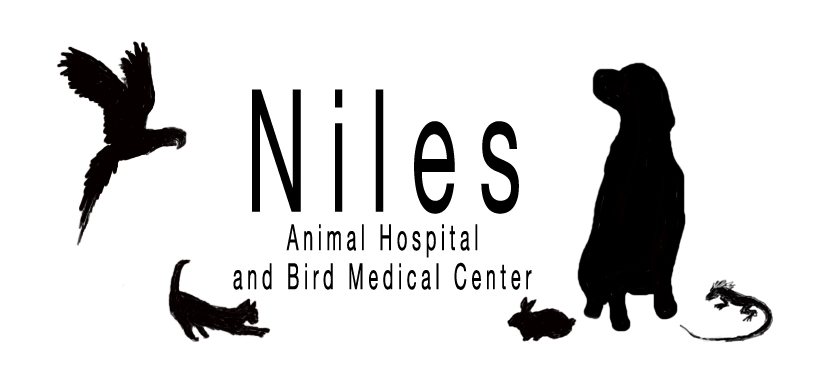Ice Melting Products Can Injure Pets
From the AVMA Pet Health SmartBrief
SOUTH BURLINGTON, Vt. –
During cold winter months, our pets can come into close contact with a variety of ice melting compounds during walks, some of which can cause serious illness.
Dr. Millie Armstrong is from Petit Brook Veterinary Clinic in Colchester and a member of the Vermont Veterinary Medical Association. She has some tips on how to keep your pets safe.
Some ice-melting products include calcium chloride, potassium chloride, magnesium chloride, rock salt, and urea.
The chloride salts are used for melting ice in colder temperatures (down to -25 F), and these tend to cause problems when coming in prolonged contact with the skin. When we walk our dogs on the pavement or even some driveways, the salts can get in the space between the toes and pads and cause irritation. The most commons signs are redness and swelling. Your pet may lick at the irritated paws. If the dogs ingest a large amount of them, they can become ill.
Rock salt is simply sodium chloride, which is the same as table salt. It can be harmful to metal, concrete, and plants and is generally only helpful in temperatures above 10 F. It can cause some redness and irritation to the paws but is unlikely to harm pets unless large amounts are eaten: a toxic amount for a ten pound dog is 1/2 cup.
Urea, a common fertilizer, is used in some areas to melt ice. It is useful in temperatures down to – 21 F. It can pose an environmental hazard as it adds nitrates to run off water.
Soft Paws is an ice melting product that combines the best of all of these products. It contains amide/glycol mixture that is not corrosive to metal nor does it contaminate the water with nitrates. It is used down to -2 F and doesn’t cause skin irritation like other ice melting products. (The company does mention that it could cause stomach irritation if ingested.)
Because outside of your own drive, you can’t be sure which salt was used to melt the ice, it’s a good idea to wipe down your pet’s feet after returning inside. If your pet has a large amount of any ice-melting product on his fur (from rolling or walking through it), bathe the pet and monitor the contacted areas for redness, swelling, or irritation.
A safe alternate for your drive may be to simply use cat litter or sand for traction combined with the ice melting products for the best of both worlds.
